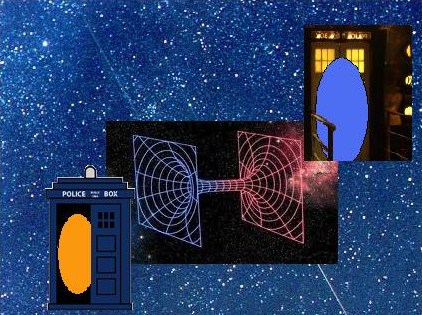Aliens are Watching Doctor Who and They Like It!
Monday, August 6th, 2012
About 50 years ago about 90 stations around the world had the capacity to transmit TV signals with enough power to reach Interstellar Space. In many ways the only evidence of our presence as a civilization in this galaxy is all the television broadcasts these stations put out. One of these stations was the BBC which transmitted with a signal of about 100,000 watts right in the middle of the 41-68 MHz band. So merrily, unwittingly, the human civilization on Earth broadcast its presence and culture to the larger Galaxy for more than 67 years.
To put this in perspective, and only counting with the TV signals, a 67 light-year radius sphere of galactic space has knowledge of us and of our capacity for technology. Within this 67 light-year sphere are contained at least 3000 stars and stellar systems. Of these 3000 , at least 160 of them are G class stars very similar to our own sun. So why does this matter?
Because, according to reports, like a scene out of Carl Sagan’s Contact we are getting signals from space and they are our own! Somewhere in deep interstellar space about 25 light-years away there is source of radio waves right smack in the 41-68 MHz band. And this unknown object tentatively called the “Reflective Anomaly” is beaming our own TV from 1963 right back at us. This is great for us nerds because it means we can get back some of our lost classics like early William Hartnell Doctor Who episodes which the BBC in its wisdom erased to make way for masterpiece theatre or something like it on the very expensive early magnetic tapes.
Radio Astronomers are collecting and digitally enhancing these signals into usable recordings of all the lost shows from that era. The main article says that the “anomaly” is some sort of unexplained reflective material 25 ly away but to this observer that just sounds like they have no clue how this is possible. They are refusing to consider the obvious.
Aliens! The civilization who is doing this is situated just far enough away that they are about to experience the summer of love and eventually Men’s first landing on a non terrestrial object, the 1969, Apollo 11 Moonlanding. They are beaming back our own signals because they have seen Doctor Who and they like it! They are telling us that we might be friends, that is until the catch a whiff of seventies and TV Gems like Monty Python’s Flying Circus and they decide we are all crazy.
I for one hope that our friends from across the void are just that. I mean an entity who likes the first Doctor can’t be all bad. Don’t believe me? Check it out for yourself : http://www.rimmell.com/bbc/news.htm
Who knows , it might just be a bit of iron ore left over from an ancient supernova which is aligned just right to bounce some of the stuff we earthlings put out into space. But it’s kinda cool to picture some strange being witnessing our history and our collective culture in a planet far, far, away.
Update: Alas, this particular story is a hoax, which I believe is appropriated for these heady days, but the idea is intriguing. How long till we see a signal from some civilization and will we enjoy their crappy TV. Perhaps we will never know.
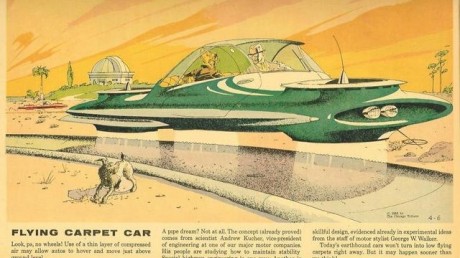

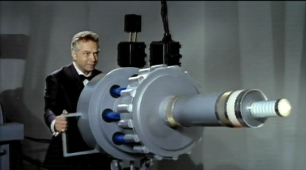

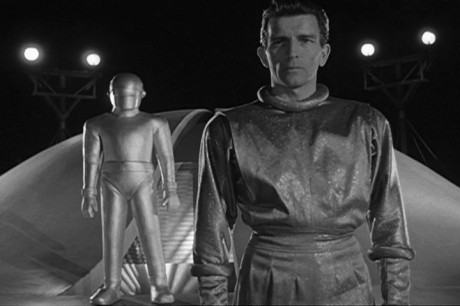


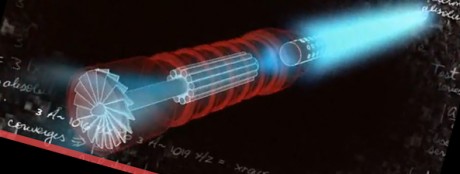
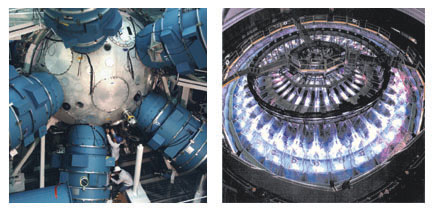
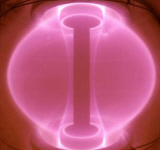
 A few months ago the world was shocked to discover that
A few months ago the world was shocked to discover that  1889 Skype: In his prophetic “In The Year 2889” Verne prognosticates a future with fiber optic communications and video calling ala Skype or Google Hangouts. The motivation is very similar to an Apple’s Facetime app:
1889 Skype: In his prophetic “In The Year 2889” Verne prognosticates a future with fiber optic communications and video calling ala Skype or Google Hangouts. The motivation is very similar to an Apple’s Facetime app: 1899 Multi Touch iPad: Wells also delved into portable computers complete with multi touch interphases. Again from “When the Sleeper Wakes” in which the main character sleeps for 250 years and goes to the tailor in the future, the tool the tailor uses to show the sleeper different styles should sound very familiar to us.
1899 Multi Touch iPad: Wells also delved into portable computers complete with multi touch interphases. Again from “When the Sleeper Wakes” in which the main character sleeps for 250 years and goes to the tailor in the future, the tool the tailor uses to show the sleeper different styles should sound very familiar to us. 1889 Podcasting: Yes, we all know he also came up with the submarine, moonshot, airplane et. al. But this jewel was long forgten until recently. In between eating crepes zussette and buying baguettes, Jules proposed that in the future news would be consumed via telephone like contraptions conected to recording devices in his 1889 story, “In the Year 2889” . Even the concept of subscribing to podcasts is mentioned. You can imagine a Steampunk version of Scott Johnson or Tom Merritt speaking to the masses through their wired conections to the brass and wood Apple portable phonographs. Here is an excerpt:
1889 Podcasting: Yes, we all know he also came up with the submarine, moonshot, airplane et. al. But this jewel was long forgten until recently. In between eating crepes zussette and buying baguettes, Jules proposed that in the future news would be consumed via telephone like contraptions conected to recording devices in his 1889 story, “In the Year 2889” . Even the concept of subscribing to podcasts is mentioned. You can imagine a Steampunk version of Scott Johnson or Tom Merritt speaking to the masses through their wired conections to the brass and wood Apple portable phonographs. Here is an excerpt: